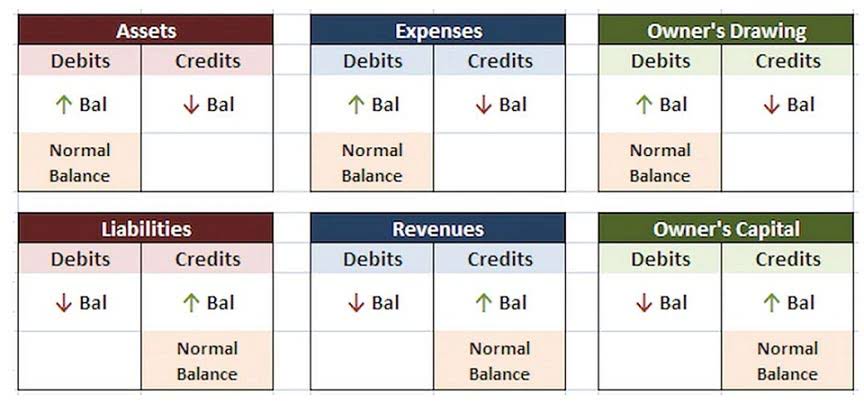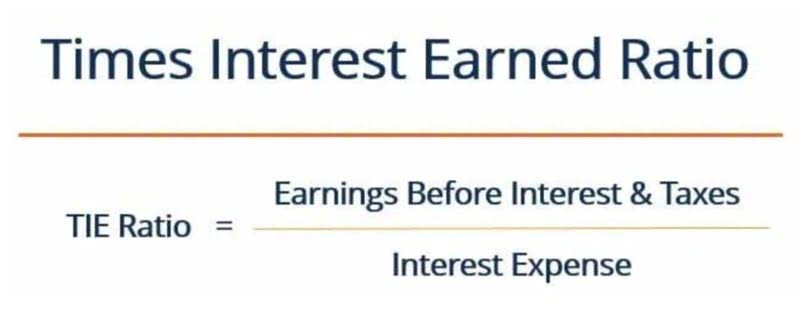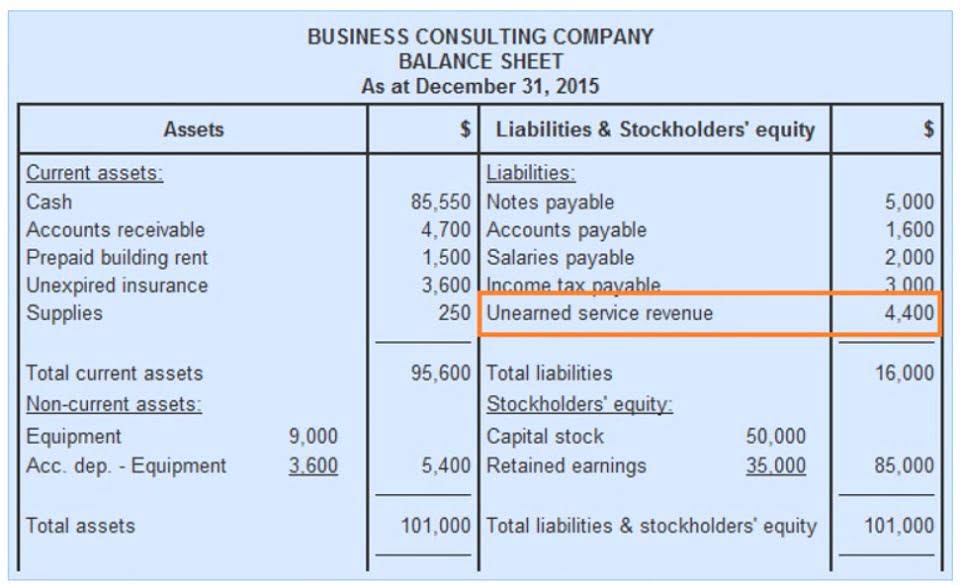
Because, if you’re curious to understand what’s making a business tick, knowing how to quickly get your head around an income statement and what to look for can make all the difference. In my early days of working, just the sight of a company’s income statement made me feel a bit queasy. Now, I’m on the other end of the spectrum; grabbing a copy of the most recent income statement is one of my first requests when I work with a company. How you calculate this figure will depend on whether or not you do cash or accrual accounting and how your company recognizes revenue, especially if you’re just calculating revenue for a single month.

Share this post

Next, we can subtract the finance costs (such as interest expense) from the operating profit to arrive at the profit before tax (PBT), or earning before tax. So, every year, the firm pays interest and other related finance expenses on the total borrowed amount. This resulted in an interest expense of $330 million in the previous financial year and $310 million in the current accounting year. In practice, this statement adopts various names, such as the Statement of Operations, the Statement of Earnings, or simply the Profit and Loss Statement. Regardless of the name, you’ll find the same information—a company’s profit, or net income, generated as a result of normal business operations.
How to prepare an income statement for your small business
- The income statement is an integral part of the company performance reports.
- Revenue would not be recognized upon the product’s extraction from the well, in much the same way that the collection of a receivable is not considered revenue under accrual accounting.
- After reducing COGS and general expenses, interest expense is the third place you look to improve your bottom line.
- These include the net income realized from one-time nonbusiness activities, such as a company selling its old transportation van, unused land, or a subsidiary company.
- Operating revenue is realized through a business’ primary activity, such as selling its products.
- At some point, you’ll hit a ceiling, and the only way to grow the bottom line is to grow your revenue.
- In these two cases, the affected productive assets (that is, the machinery to produce vehicles and the aircraft) would not be separable but would remain available for other purposes.
It’s the focus of an income statement is on expressed as a percentage of total revenue and helps assess profitability, efficiency, and room for growth. Calculating gross margin involves subtracting the cost of goods sold (like labor and manufacturing expenses) from total revenue, then dividing by total revenue and multiplying by 100. For example, if your total revenue is $2,000 and your costs are $800, your gross margin is 60%. This figure helps businesses set prices, compare with industry benchmarks, and plan for future investments. Single-step income statement – the single step statement only shows one category of income and one category of expenses.
Secondary-Activity Expenses

Earnings per share (EPS), which is an essential determinant of the price of a company’s shares. EPS is the result of net income less dividends on law firm chart of accounts preferred stock—which is then divided by average outstanding shares. A higher EPS translates to greater value, as a company with higher profits is more likely to draw investors.
What can you learn by studying how a business recently changed its accounting practices?
The matching concept requires an offsetting of these efforts (expenses) against the rewards (revenues). According to this method, known as reserve recognition, an accounting company would recognize revenue upon discovering an oil or gas field (that is, a reserve), even if QuickBooks the firm cannot immediately produce from it. Accurate records of expenses, revenues, and credits are required for tax purposes and can help keep you in compliance with tax regulations. Here’s an example of an income statement from a fictional company for the year that ended on September 28, 2019.

- Here is an example of how to prepare an income statement from Paul’s adjusted trial balance in our earlier accounting cycle examples.
- There are a variety of ratios analysts use to gauge the efficiency of a company’s balance sheet.
- However, the APB required the reporting of non-operating items as either ordinary or extraordinary.
- A balance sheet shows you how much you have (assets), how much you owe (liabilities), and how much is remains (equity).
- To help you understand the Income Statement, we explain all of them, starting with the revenues.
- Your operating profit margin is the portion of each dollar your business keeps after taking into account both COGs and general expenses.
They’re a little more complicated but can be useful to get a better picture of how core business activities are driving profits. A single-step income statement is a simplified approach to viewing your net profit or loss. Single-step income statements include revenue, gains, expenses, and losses, and they strictly show operating costs. Offering a great deal of transparency on the company’s operating activities, the income statement is also a key driver of the company’s other two financial statements. Net income at the end of a period becomes part of the company’s stockholders’ equity as retained earnings.
